Born to immigrant parents from Hong Kong, Achiru et al (1988) is the creator of UNSPOKEN, the Myth of Eros and Psyche, and the Mann and Lucky Channel. Growing up watching anime and reading manga from Japan, Achiru was inspired to make her own comics. Since 2002, she’s been collaborating with her characters, or “cast members,” acting as the researcher, artist, writer, director and publisher of her own meta-physical comic production studio. She resides in a tiny home studio in Calgary Alberta with their spouse and dog daughter @Vanilla.Almond.Biscotti on Instagram (Biscuit for short).
I had the opportunity to interview Achiru, which you can read below.
CW: Discussion of parental mortality
First of all, welcome to Geeks OUT! Could you tell us a little about yourself?
Thank you, Michele, I’m happy to be here! I go by Achiru (she/they) and… I don’t have parents anymore. My mother lost her life to cancer and my father died of heartache two years later; they were both great teachers and loving parents. From the start of the pandemic, I retired from teaching due to health reasons, while also marrying my partner. So yes, a lot has happened!
These days, I do my best to focus on my creative work. I don’t plan on having kids of my own, besides my dog, so my legacy will be to teach through my comics.
What drew you to storytelling, particularly to the medium of comics, particularly webcomics? Were there any writers or stories that sparked your own love and interest in storytelling?
Digimon Adventure was the main spark that led me to fall in love with what storytelling could achieve. I re-watched it during the pandemic: the arc where the Digi-destined travel to the human world to stop Myotismon still holds up—I had never before seen a story aimed for kids with eight protagonists handled in such a way that each child got a unique family circumstance such as being adopted, or divorced parents, or was chronically sick, or had siblings that outshined them, or was an only child, all juxtaposed to each other and framed as normal. Some parents also were involved with the plot and weren’t just background props in this storyline. Sacrifices were made and death was mourned. We have more of these stories today than back in 1999, but it made me desire to extend that kind of normalization to the diverse queer experience.
As a webcomic creator, you are known for your webcomic, The Mann and Lucky Channel. What was the inspiration for this story?
The conversations with my partner was the inspiration for this spinoff. Matt Drawberry and I had been dating for four years at this point. I had just finished crowdfunding and printing my first self-published book, The Myth of Eros and Psyche: Eros’ Plan. I was doing a series of portrait illustrations when Mann and Lucky met in my head for the first time. I didn’t realize they had never met before this point in the meta-universe, as UNSPOKEN was on hiatus and their roles in Eros and Psyche did not overlap. The two started talking in November of 2016 and I began recording their conversations and we never stopped. The storyline was ready to be born, I believe because I finally had enough relationship experience to be able to relate to Mann’s struggles and emotions.
I’d never dated anyone on the ace spectrum until I met Matt, and his genuine reaction to everything sex-related and relationships was something I found really endearing and charming. I wanted to share that charm through Mann, Lucky, Kevin, and Andrew. While Kevin was as allo as can be and couldn’t relate to being ace at all, he shared with Matt other attributes like anxiety and panic attacks, as well as no desire for offspring. It’s been said when the world is ready for an idea to be born, multiple iterations appear—so I consider works like Heartstopper and The Owl House to be among the first of a wave of new LGBTQ media. My comic is just a more not-family-friendly version of similar themes and ideas that came out of a reaction to 90s homophobia.
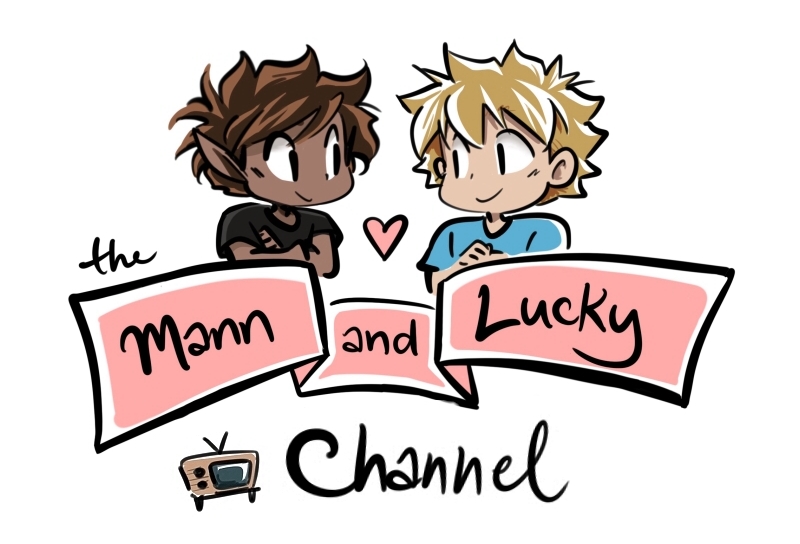
Small spoiler alert: One thing that intrigued me about The Mann and Lucky Channel was the way the comic relationship explored an intimate relationship between an allosexual character and an asexual character, particularly one who is more sex neutral. Could you talk about how you explored that in the comic?
The entire plot of the series is tied to one of the first things Mann (crudely) tells his best friend in the first episode: “I’m not tying any knots until he’s willing to learn how to f*cking f*ck.” Lucky is a virgin and—up until Mann convinced him to be in a relationship—had every intention of being so for the rest of his life. He doesn’t think he’s missing out, doesn’t know what he likes, or how to start exploring. Sex is just what other people choose to do with their time.
Mann, on the other hand, has never had to take the lead with a man before. He’s used to being the one chased and solicited; the role reversal is making his head spin. He wants to maybe marry this man, but he’s also not sure if this will work—he’s pretty sure he can’t be chaste for the rest of his life. He’s worried that Lucky is possibly sex repulsed, he doesn’t want to be a creep or force the subject. However, it’s been four months and he’s also fighting his own desperation on the matter. How should he initiate the conversation? Can he get his needs met in this relationship? Is it going to be another disastrous breakup over this one aspect, when everything else seems compatible?
Q&A is also a fun aspect of the webcomic—readers can ask characters directly in the comments about their thought process and feelings, including meta questions like “Is Achiru sharing this with your informed consent? Isn’t this embarrassing for you?”
I realized most people of my parents’ generation didn’t have the tools to talk about intimacy; the best way to illustrate what it looks like is in context for that dialogue. It doesn’t work to preach “healthy communication” to someone who has never experienced it. There’s no emotional anchor in the body for that term. So Mann and Lucky—and their friends Kevin and Andrew—give us that window to see into how they talk things out. The contrast between each character’s history, their personal style, and combined preferences of each couple is its own learning by juxtaposition. It’s always organic to who they are and what’s coming through, based on who they were and how they want to show up to grow as a couple. There are some commonalities you can find between people who can make a long-term relationship work, but how it plays out also looks different because every couple brings with them unique tastes and personal life circumstances.
What are some of your favorite parts of the general creative process? What do you find to be some of the most frustrating/difficult?
The creative process is fun when you’re in the flow and the ego is absent; it’s just the story and art being channeled onto the page. When the ego is loudest—usually when I’m tired, hungry, and/or stressed—that’s the most frustrating part. Ego wants the story to be done faster, the praise of millions of fans, the promise of riches and material wealth to reflect its genius; it wants things that are completely outside of my control.
A huge part of the creative process is simply to keep Ego in the backseat and coax it to be quiet. It’s the voice of fear: you’re getting too old, you’re not healthy enough, you’re too poor, too invisible, working in too niche a genre, too NSFW, not NSFW enough, not being paid, working for free, and therefore not legitimate.
What is the point of making something with no guarantees? Where is the proof that this journey will be worth it?
If you are building a universe and writing something long and epic that could possibly span several books, taking over a decade to make—it’s a long time to be working for free with possibly no audience. It’s a long time to be worried about whether the art is good enough, or the story is solid. If you are only in it for egoic reasons, it’s better to quit.
I began this universe in December of 2003 in my early teens; it’s been almost two decades now since I’ve been developing this web of characters and their histories. When I’m serving them, with the promise of telling their stories to a satisfying conclusion, I’m not concerned about my identity in this reality; I’m not concerned about what my family thinks of me, how I’ll be judged for not earning a living wage, how I can’t afford to hire anyone at this time and how I don’t know how to market this thing that’s still being made. None of that matters. My art makes me a better person—I wouldn’t be as empathetic and compassionate without being open to learning about all the different ways there is to be human.
As an artist, who or what would you say are some of your greatest creative influences and/or sources of inspiration?
Story wise:
My parents’ relationship was the greatest influence for the current story I’m telling. My mother and father were smart in polar opposite ways. My mom was intuitive and feeling, while my dad was logical and deductive. One was almost a high school dropout, the other could have gotten a Ph.D. if desired. One loved teaching toddlers, the other instructed adults. Each thought of the other as stupid, because they didn’t have the ability to tune into the other’s point of view. They showed love in different ways and despite all the arguments and incompatibilities, chose to stay together. I learned a lot from observing both their strengths and weaknesses, especially as each of their health deteriorated with different afflictions.
I learned I couldn’t fix someone that wasn’t interested in changing. You can’t force growth where undesired. I learned how gender stereotypes hurt straight couples with reverse assertive/passive energies. I learned that shame, resentment, and regret kills you slowly from the inside. They taught me how to live life fully because they tried and came a bit short; they taught me not to be afraid of my dreams because they were and only got so far. I could see farther because they pointed the way to me.
Art wise:
The Slayers, written by Hajime Kanzaka with art by Rui Araizumi, was a great influence. It reads a little dated now, but it tried to tackle the misogyny of its time. Plus, I LOVE how the television series has a cross-dressing episode every season. The main character is embarrassed by any thought of romance and shares a rather ace relationship with her “bodyguard” by today’s standards.
Ituko Itoh’s Princess Tutu—which aged phenomenally well considering it came out in 2002—is also a major influence. How many stories exist about a duck who gains magical primadonna ballerina powers with the help of a dead author to save a prince from a story come to life? Just this one masterpiece: it’s a one-of-a-kind experience and that’s what I wish to deliver with my art as well. Cute, pretty characters with deeply philosophical undertones about fate/destiny? Sign me up!
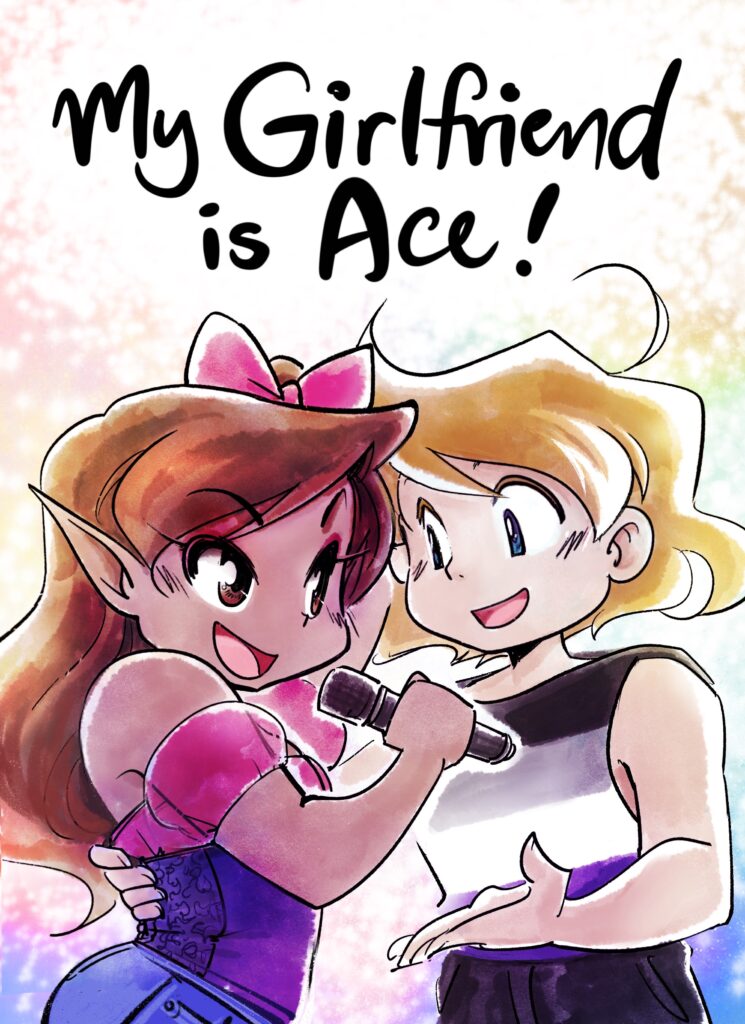
Aside from your work, what are some things you would want others to know about you?
I paid a lot of money for two Bachelor’s degrees—my first degree was in Socio-Cultural Anthropology and my second degree was in Primary Education. Between these two degrees, I was struggling with undiagnosed Chronic Fatigue where I only had enough energy to use the toilet and eat and spent two years practically bedridden and exhausted. I couldn’t even draw, so my identity as an artist was forced to die. I know I’m more than that now. It’s not as disabling being forced to rest, compared to when I was fighting to hold onto a past identity. It’s one thing to be in pain and another thing to be mentally beating yourself for not being able to conquer that pain. Decide on your good enough bar and commit to the idea of done being better than good or perfect. Just keep finishing small things. They add up.
What’s a question you haven’t been asked yet but wish you were asked (as well as the answer to that question)?
How do you tell the difference between inspiration and fear disguised as inspiration? (Because fear can absolutely do that.)
Inspiration doesn’t make logical sense—it’s a leap of faith. I was once paralyzed from the neck down, but I knew in my heart I was totally ok. I told my parents not to call an ambulance and to give me an hour or two. I gently focused on just trying to move a finger at a time, wiggle my toes, chatting with my dad next to me. Eventually, I was able to regain all movement one small digit at a time. It never happened again. Life is stranger than fiction; there is no one with a life quite like yours, so use it in your art as much and often as you can.
Fear disguised as inspiration feels more like wish fulfillment. It’s the toxic positivity where you are mentally trying to force a good outcome or prevent a bad outcome. You might be “inspired” to take a course (because you don’t feel good enough as you are) or to go to the gym, or to invest your money, or anything that logically improves your life by society’s standards. If you can reasonably predict the outcome, it’s fear in disguise. If you think, “This is it! This will be the solution to my problem!” and it makes perfect sense, it’s probably fear disguised as inspiration. You can still follow it because it’s there to teach you something; just be aware it’s not actually inspiration.
Inspiration is the now and fear concerns the past or future.
The Mann and Lucky Channel was absolutely inspiration at work. I was working on two other comic series at the time; one was finally going to be a five-book series, but they both had to take a backseat. I had no idea where this story was going, but it felt like being drunk on first love. I had to give it my utmost undivided attention. Did it make any sense to abandon what I was previously working on? Wouldn’t that upset the fans of those stories? Why was I madly scribbling with no thought as to backgrounds or panels or even speech bubbles? Why was this so much fun? How is it over twelve volumes long already? I never expected any of it. I didn’t expect to be here, telling you how I had no idea this was gonna become something at all.
Are there any projects you are currently working on and at liberty to talk about?
I’m currently working on the Genderbend Sapphic Spin-off—My Girlfriend is Ace, now updating monthly on GlobalComix.
I have an aesthetic preference for women, so redrawing the whole story and rewriting it for a female perspective was something I actually really enjoyed. It’s a bit shorter than The Mann and Lucky Channel, so I’m excited to be wrapping it up soon at seven volumes.
Our Sapphic Kickstarter Campaign can be found here.
What advice might you have to give to aspiring creatives, particularly those who might want to work on their own comics someday?
For the just starters:
Trust your art to teach you as you go along. Your art will not look professional. Your story isn’t going to be flawless. Silence the critics. Make bad comics. Stop starting over; commit to the current version evolving with you for a long time. Buffer, buffer, buffer—I know it’s tempting to share straight away, but you need insurance for when life gets in the way in order to have a seemingly consistent, scheduled release to build an audience. Build at least 3 months’ worth of episodes before launching, then focus on maintaining that buffer. Some of us build a year’s worth of buffer—you’ll get faster at it as your muscle memory kicks in with practice.
For the long haulers:
Take breaks. Go outside. Drink water. Stretch. Follow what feels light, fun and arouses your curiosity. Detours, plateaus, and hiatuses will happen; don’t be emotionally attached to your ideal work schedule, just go along with grace and humility. Graduations, weddings, and funerals—be present for your milestones and for the loved ones in your life. Your life must come first before the comic can continue. Prioritize sleep. Whatever hustling you could get away with in your younger years won’t be sustainable forever. Sometimes you have to kill a past identity and start over. But every time you return to your art—you will come to it with a renewed perspective and appreciation. It will also have new things to teach you too.

Finally, what LGBTQ+ books/ comics would you recommend to the readers of Geeks OUT?
Books:
For those of you who, like me, are a fan of Japanese style art: I Want to be a Wall by Honami Shirono is an ongoing slice-of-life series following an ace BL fangirl who marries a closeted gay man with a crush on his childhood friend. As the story expands, there are other queer characters who take part in their lives.
Another ace-centric story: Is Love the Answer? by Isaki Uta, follows a young woman exploring her aro-ace identity. She’s trying to make sense of her memories and past interactions as well as find friends who will accept her for who she is.
Our Dreams at Dusk is a 4 volume series by Yuhki Kamatani with a highly praised realistic portrayal of the Japanese queer experience as a young high school boy confronts his own prejudices regarding his homosexuality and the diverse identities of others “like him.” Trigger Warning for suicide attempt.
On a fluffier note, Manly Appetites: Minegishi Loves Otsu is a 3 volume BL series by Mito about a cynical office worker, Otsu, who doesn’t believe he’s getting hit on by a more conventionally attractive co-worker. Minegishi, on the other hand, thinks Otsu is the cutest when he’s eating and keeps supplying him with offers of snacks, treats, and meals.
The Bride was a Boy by Chii is an autobiography of a transwoman’s life leading to her wedding. X-Gender by Asuka Miyazaki is a memoir about coming to terms with being non-binary. It’s similar to The Girl That Can’t Get a Girlfriend by Mieri Hiranishi, another autobiography manga regarding how difficult it is to be a butch girl trying to date another masc-presenting woman. Another memoir story is My Lesbian Experience with Loneliness by Kabi Nagata.
If you want something more fun and comedic involving ladies that like ladies, ROADQUEEN: Eternal Roadtrip to Love by Mira Ong Chua is absolutely hilarious and will forever be my go-to example of the term “useless lesbian.” She has many other titles too if you love her art and story style.
Webcomics:
Amongst Us by Shilin Huang has gorgeous art and is both a GL webcomic and a book coming out this July from the Seven Seas + Hiveworks Comics team-up!
Night Owls and Summer Skies by Rebecca Sullivan with art by Tikklil and other team producers follow teen girl Emma Lane as she is forced to attend a summer camp with the attractive camp assistant counselor Vivian Black.
If you are a fan of men who like men: Ham & Matt by Sensaga is an absolute riot. His use of endearing, vulnerable characters and over-the-top slapstick comedy is top-tier. There is also a mermaid AU story on his Instagram account.
Faroff by Lennon Rook is another romantic comedy webcomic where two soldiers are stuck guarding opposite sides of a wall in the middle of nowhere and only have each other for company. They also unknowingly share a cat.
If you’re looking for younger protagonists for a teen reader, Daybreak by Moosopp is a slice-of-life BL romance following two really cute black students Marcus and Cog. Clearly, a running theme in my choice of BL is one who likes to cook and one who likes to eat.
If you like action fantasy, REEDS by zzsleeps is about a Hmong prince who doesn’t want to be seen as a girl and his older brother who falls in love with a mysterious man withholding a ton of secrets. Also, there are dragons, magic, and political intrigue between royal families.
I could go on, but I think fifteen recommendations is a good place to stop. There are so, so many queer comic titles that are ongoing and coming out; it’s a really exciting century to be in!

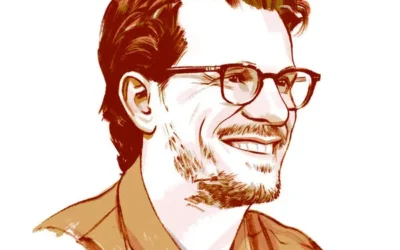
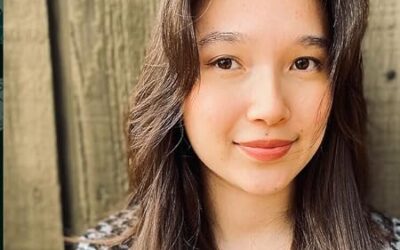
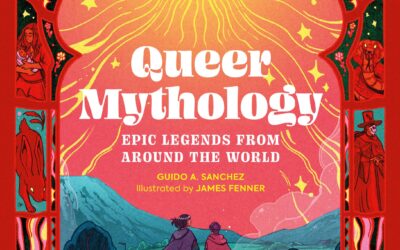
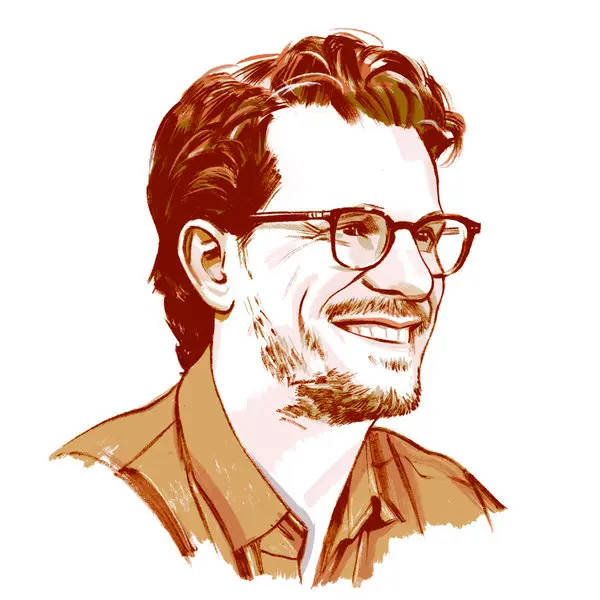
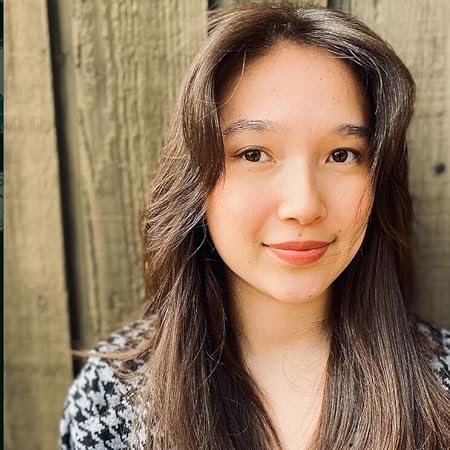
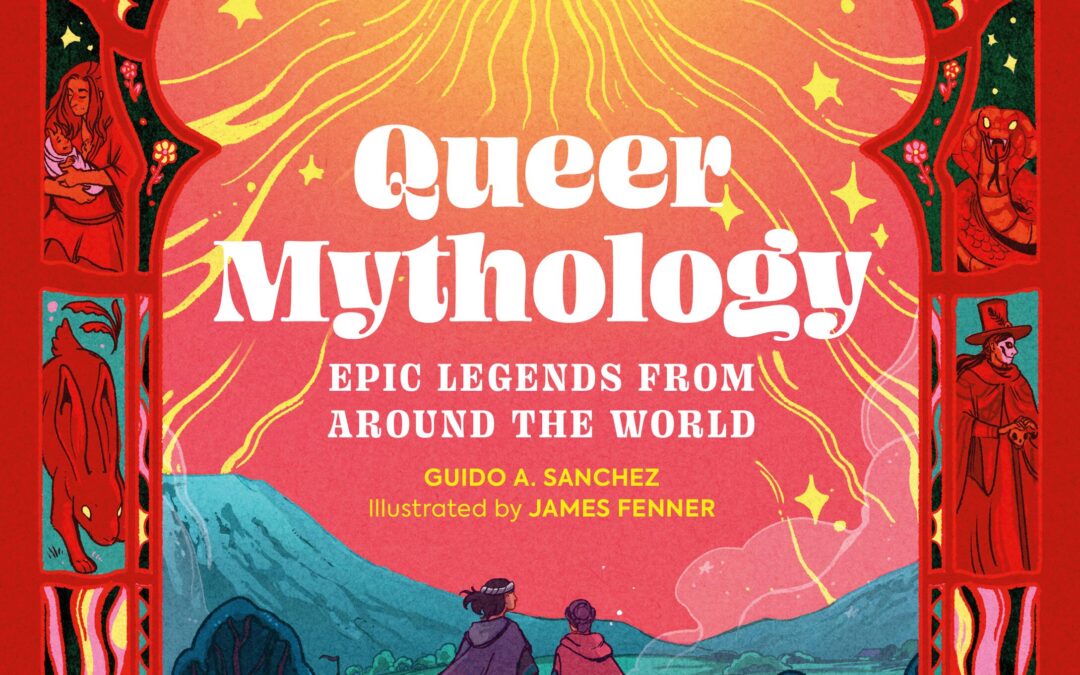
0 Comments